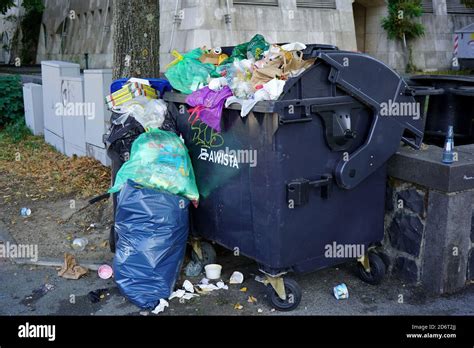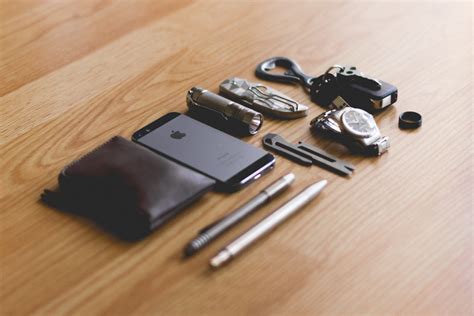Best materials for EDC gear longevity and peak daily performance?

The Foundation: Why Material Choice Matters for EDC
In the world of Everyday Carry (EDC), your gear isn’t just a collection of tools; it’s a carefully curated selection designed to enhance your daily efficiency and preparedness. The longevity and peak performance of these items hinge almost entirely on the materials from which they are constructed. Whether it’s a robust knife, a reliable flashlight, or a durable wallet, understanding the properties of different materials is key to making informed choices that stand the test of time and usage.
Steels: The Backbone of Cutting Tools and Tough Components
For items requiring exceptional strength, edge retention, or resilience, steels remain paramount. Stainless steels, such as the premium CPM-S30V, S95VN, or more common 154CM and D2, offer excellent corrosion resistance combined with impressive hardness, making them ideal for knife blades that need to hold an edge and resist rust. Carbon steels like 1095 are renowned for their toughness and ease of sharpening, though they require more maintenance to prevent corrosion.
For smaller components like springs or pocket clips, specific alloys are chosen for their flexibility and fatigue resistance. High-quality steel ensures that your knife blade won’t chip under stress and your multi-tool pliers won’t snap when put to hard work.

Lightweight Powerhouses: Titanium and Aluminum
When weight is a critical factor without sacrificing strength, titanium and aluminum step into the spotlight. Titanium, often seen in high-end knives, flashlights, and pens, boasts an incredible strength-to-weight ratio, superior corrosion resistance, and a distinctive feel. It’s hypoallergenic and develops a unique patina over time, adding to its appeal. While more expensive, its durability often justifies the investment.
Aircraft-grade aluminum (e.g., 6061-T6 or 7075-T6) provides a more affordable lightweight option. Commonly used for flashlight bodies, pen barrels, and knife handles, aluminum offers good strength and is easily anodized for various colors and improved scratch resistance. However, it’s generally softer than titanium and can show wear more readily.
Advanced Composites: G10, Carbon Fiber, and Micarta
Modern EDC gear frequently incorporates advanced composites for handles, scales, and specialized parts, balancing durability with unique tactile and aesthetic qualities. G10, a fiberglass laminate, is virtually indestructible, lightweight, and offers excellent grip even when wet, making it a favorite for knife handles. It’s highly resistant to moisture, chemicals, and temperature fluctuations.
Carbon fiber, known for its striking weave pattern, offers an even higher strength-to-weight ratio than G10 and a sophisticated, premium look. It’s incredibly rigid and lightweight, often found in high-end knives, wallets, and pens where minimizing bulk and maximizing structural integrity are key. Micarta, an older composite made from linen or paper infused with resin, provides a warm, organic feel and excellent wet grip, developing a beautiful patina with age and use.
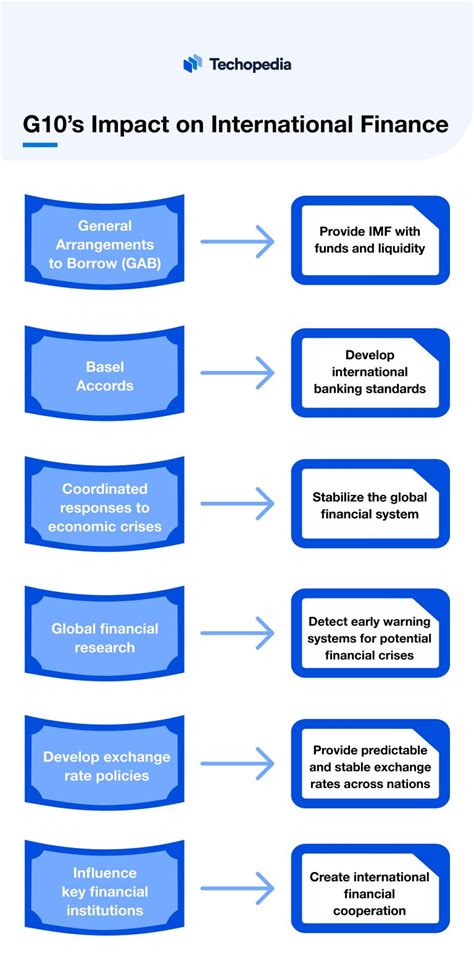
Polymers and Plastics: Versatility and Functionality
Not all materials need to be exotic metals or composites to excel. High-performance polymers and plastics play a vital role in EDC. Kydex, a rigid thermoplastic, is widely used for custom knife sheaths and firearm holsters due to its excellent retention, weather resistance, and ability to be molded to precise shapes. It’s durable, easy to clean, and protects blades effectively.
Nylon, often in the form of Cordura fabric, is the go-to for EDC bags, pouches, and organizational inserts. Its exceptional abrasion resistance, tear strength, and water repellency ensure your carry system can withstand daily abuse and protect its contents from the elements.
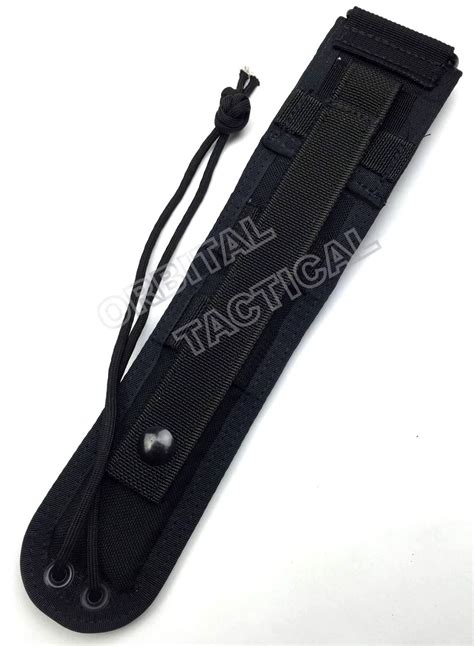
Natural and Specialized Materials: Leather and Rubber
While often seen as traditional, natural materials like leather continue to be popular for their aesthetics, durability, and how they age. Full-grain leather wallets, key organizers, and knife sheaths offer a classic appeal, developing a rich patina over time. With proper care, leather can last decades, becoming more characterful with each passing year.
Rubber and other elastomers are crucial for grip enhancement on flashlights and knives, providing shock absorption and a non-slip surface. These materials excel in areas where tactile feedback and secure handling are paramount.
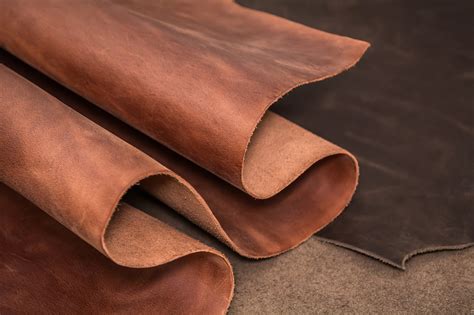
Striking the Balance: Longevity, Performance, and Personal Preference
Ultimately, the “best” material for your EDC gear is subjective and depends heavily on the specific item’s function, your daily environment, and personal preferences. For a knife blade, edge retention and corrosion resistance might be paramount. For a flashlight body, impact resistance and lightweight properties could be key. A wallet might prioritize slimness and scratch resistance, while a bag needs robust abrasion resistance.
Consider the trade-offs: extreme durability often comes with a higher price tag or added weight. A material that excels in one area might be less suited for another (e.g., a super-hard steel might be brittle). The ideal EDC setup often involves a blend of these materials, each chosen strategically to maximize the longevity and daily performance of every piece.
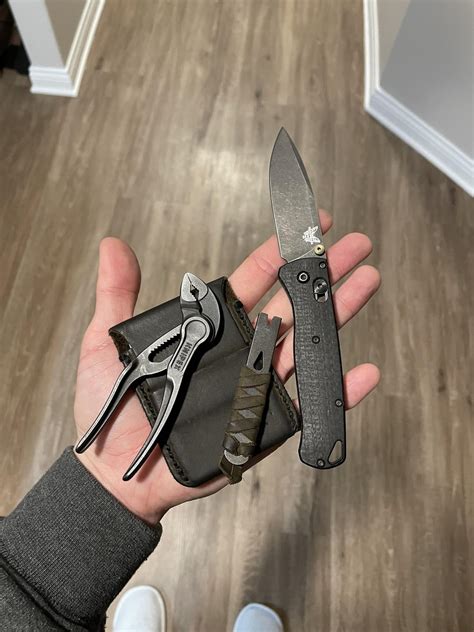
Conclusion
Investing in EDC gear made from appropriate, high-quality materials is an investment in reliability and lasting performance. By understanding the unique properties of steels, titanium, aluminum, composites, polymers, and natural materials, you can assemble an everyday carry collection that not only meets your daily demands but also endures for years to come, performing flawlessly whenever you need it most.

